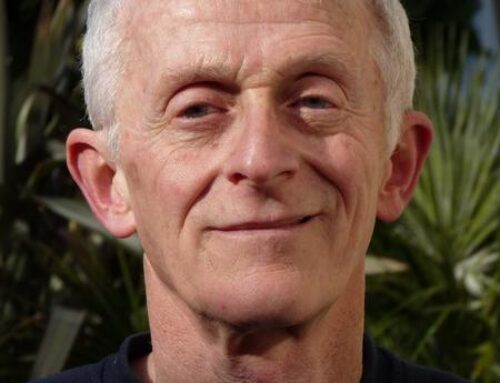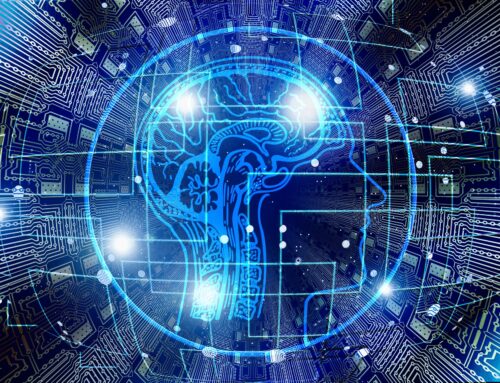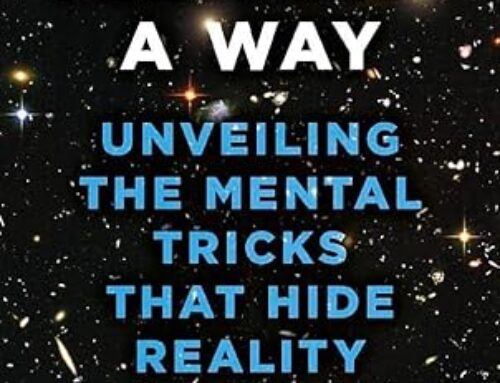About the Continuity of Consciousness: A concept based on scientific studies of Near-Death Experiences
Pim van Lommel
Article Beyond the Brain 2018 for the Galileo Commission Site
To download a pdf, please click here.
Introduction
Ladies and gentlemen, I am very pleased that I get the opportunity to talk here today in the Beyond the Brain Conference 2018, as organised by the Scientific and Medical Network, about the science ánd mystery of the mind-brain relationship, based on recent scientific research on near-death experiences in survivors of cardiac arrest. A near-death experience (NDE), or an experience of enhanced consciousness during a period of apparent coma, still gives rise to many unbelieving and critical questions, especially by physicians and neuroscientists. Because, how can it scientifically be explained that people can have clear memories from a period of obvious unconsciousness? Or how is it possible that permanent life changes occur after a cardiac arrest of only two minutes? As long as one not has experienced an NDE himself it seems impossible to really understand the impact and the life changing after-effects of this overwhelming conscious experience. The existing worldview has radically changed. Quote: ‘You can be physically dead but your mind lives on. Only one thing matters: your attitude toward other people. I accept life as it is, and I am no longer afraid of death’. I will not only talk about changes in consciousness during and after an NDE, but above all I want to discuss my ideas about the possible relationship between consciousness and the brain. Important questions for me are: How is consciousness related to the integrity of brain function? Is it possible to gain insight in this relationship? Is there a biological basis of consciousness anyway? And is it possible to speak of a beginning of our consciousness and will our consciousness ever end? I realize that my approach will be new or unexpected for most neuroscientists, and that my conclusions will not always be in conformity with the currently widely accepted materialistic paradigm in western science.
I also realize that many aspects of consciousness, including the mind-brain relationship, are still a great mystery, because as the well-known philosopher David Chalmers has said: ‘Consciousness, the subjective experience of an Inner self, poses one of the greatest challenges to science. Even a detailed knowledge of the brain’s workings and neural correlates of consciousness may fail to explain how or why human beings have self-aware minds’. The question is: How can scientific research on NDE help us to understand more about the mystery of the mind-brain relationship? By asking this and other questions about consciousness my interest started in NDE research. In 1969, during my rotating internship, a patient was successfully resuscitated in the coronary care unit by electrical defibrillation. We mostly do not realize anymore that about 50 years ago all patients with cardiac arrest died because modern resuscitation techniques like defibrillation and external chest compression were not yet available. So before those years nobody survived a cardiac arrest. But this patient regained consciousness after a period of unconsciousness of about 4 minutes, and we as resuscitation team were of course very happy, but the patient seemed to be very, very disappointed. He told me about going through a tunnel, seeing a light and also beautiful colours and hearing music. I have never forgotten this event, but I did not do anything with it.
And in that time I did not know that in human history the same experiences have been told, in many cultures, in many religions and in all times, as shown in this painting from 1480 by the Dutch painter Hieronymus Bosch, showing deceased people escorted through a tunnel to the light.
Only years later, in 1975, Raymond Moody first described the so-called “near-death experiences”, but only in 1986 I read about these experiences in the book by George Ritchie entitled “Return from Tomorrow,” which relates what he experienced during a period of clinical death of 9-minutes duration in 1943 during his medical study. After reading this book I started to interview my patients who had survived a cardiac arrest. And to my great surprise, within two years 12 patients out of 50 survivors of cardiac arrest in the past told me about their NDE. So for me it all started with scientific curiosity, because according to our current medical concepts, it is not possible to experience consciousness during a cardiac arrest, when circulation and breathing have ceased! I grew up in an academic environment in which I had been taught that it was obvious that consciousness was the product of a functioning brain. And up until that point, I had always accepted this as indisputably true. But now the phenomenon of near-death experience raised a number of fundamental questions: How and why does an NDE occur? How does the content of an NDE come about? Why does a person’s life change so radically after an NDE? I was unable to accept most of the answers to these questions, because they seemed incomplete, incorrect or unfounded.
What is a Near-Death Experience?
Some people who have survived a life-threatening crisis report an extraordinary conscious experience. An NDE can be defined as the reported memory of a range of impressions during a special state of consciousness, including a number of ‘universal’ elements such as an out-of-body experience, pleasant feelings, seeing a tunnel, a light, deceased relatives, a life review, or the conscious return into the body. Many circumstances are described during which NDE are reported, such as cardiac arrest (clinical death), shock after loss of blood (complicated childbirth), coma following traumatic brain injury or stroke, near-drowning (children!) or asphyxia, but also NDE-like experiences are reported in serious diseases not immediately life-threatening, during severe depression, during isolation or meditation, or without any obvious reason. NDE-like experiences can also occur during the terminal phase of illness, and are called deathbed visions or end-of-life experiences. So apparently you don’t always need a non-functioning brain to report an NDE. The NDE is transformational, always causing profound changes of life-insight, the loss of fear of death, and enhanced intuitive sensitivity. This is why these kind of experiences are also called spiritual transformative experiences (STE).
Near-death experiences occur with increasing frequency because of improved survival rates resulting from modern techniques of resuscitation and from better treatment for patients with cerebral trauma. The content of an NDE and the effects on patients seem similar worldwide, across all cultures and all times. However, the subjective nature and absence of a frame of reference for this experience lead to individual, cultural, and religious factors determining the vocabulary used to describe and interpret this experience: children and adults, Christians and atheists, Muslims and Buddhists, they all use different words from their own religion, culture and tradition. According to a recent at random poll in Germany and the USA about 4% of the total population in the western world should have experienced an NDE. So about 2,5 million people in the UK, more than 10 million people in the USA, and about 20 million people in Europe must have had a NDE! Now why do we physicians hardly ever hear a patient tell about his NDE? Patients are so reluctant to share their experience with others by all the negative responses they get. Patients must feel that you trust them, that you can listen without any comment or prejudice. But for most physicians the NDE is still an incomprehensible and unknown phenomenon. Once a conference was held about NDE in a university hospital, with more than 300 persons in attendance. At the end of the conference, after several lectures about NDE, a man stood up, and said: “I am a cardiologist for more than 25 years, and I have never heard such absurd stories. This is total nonsense. I don’t believe one word of it”. Then another man got up in the audience and said: “I am one of your patients. I have had an NDE during cardiac arrest, and you would be the last one I would ever tell”.


